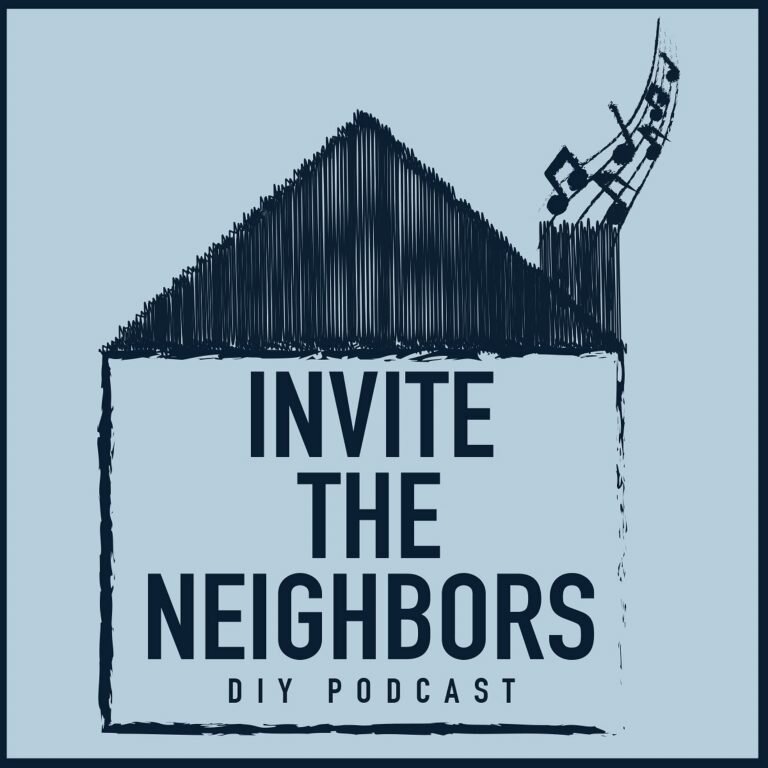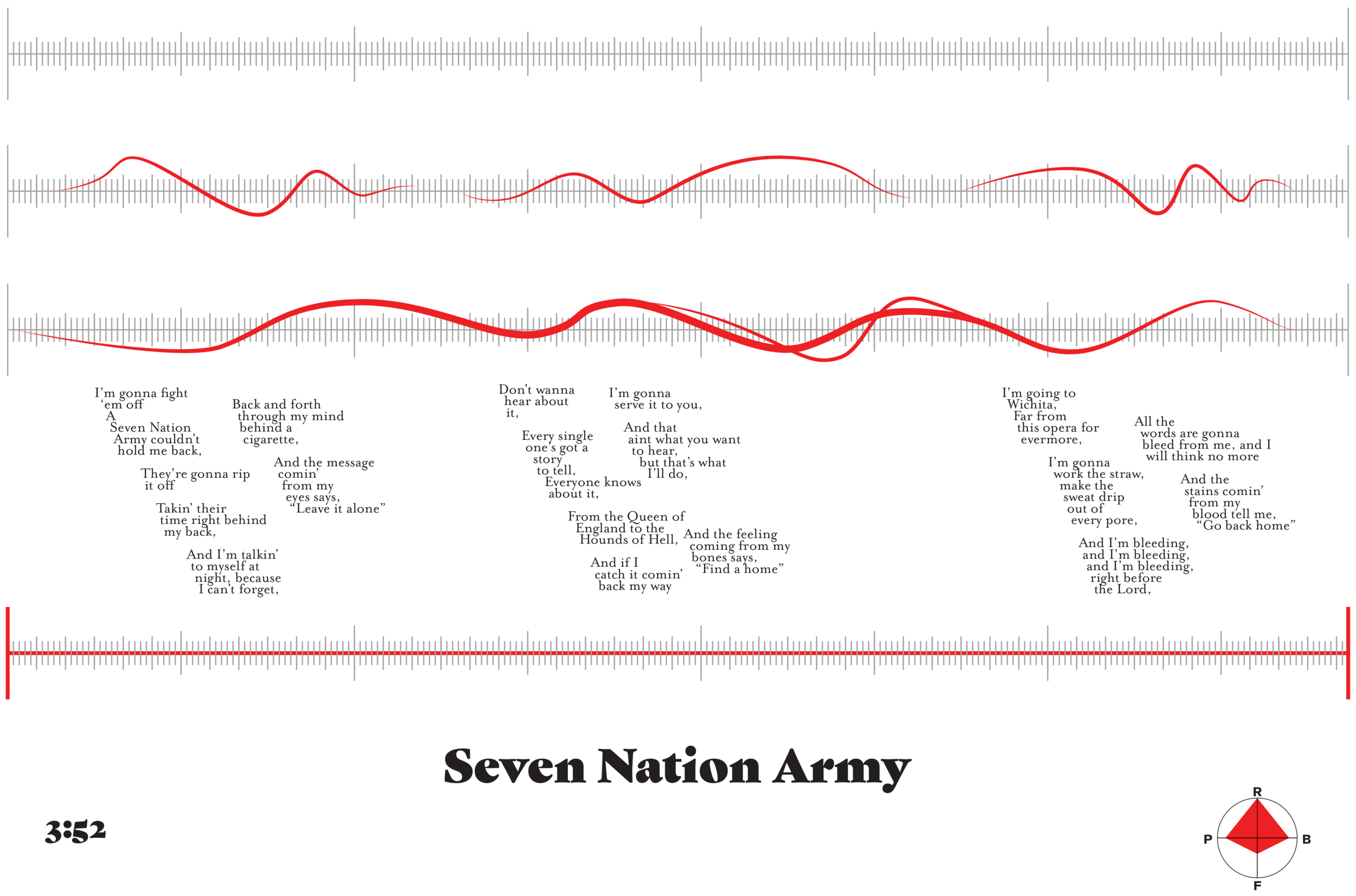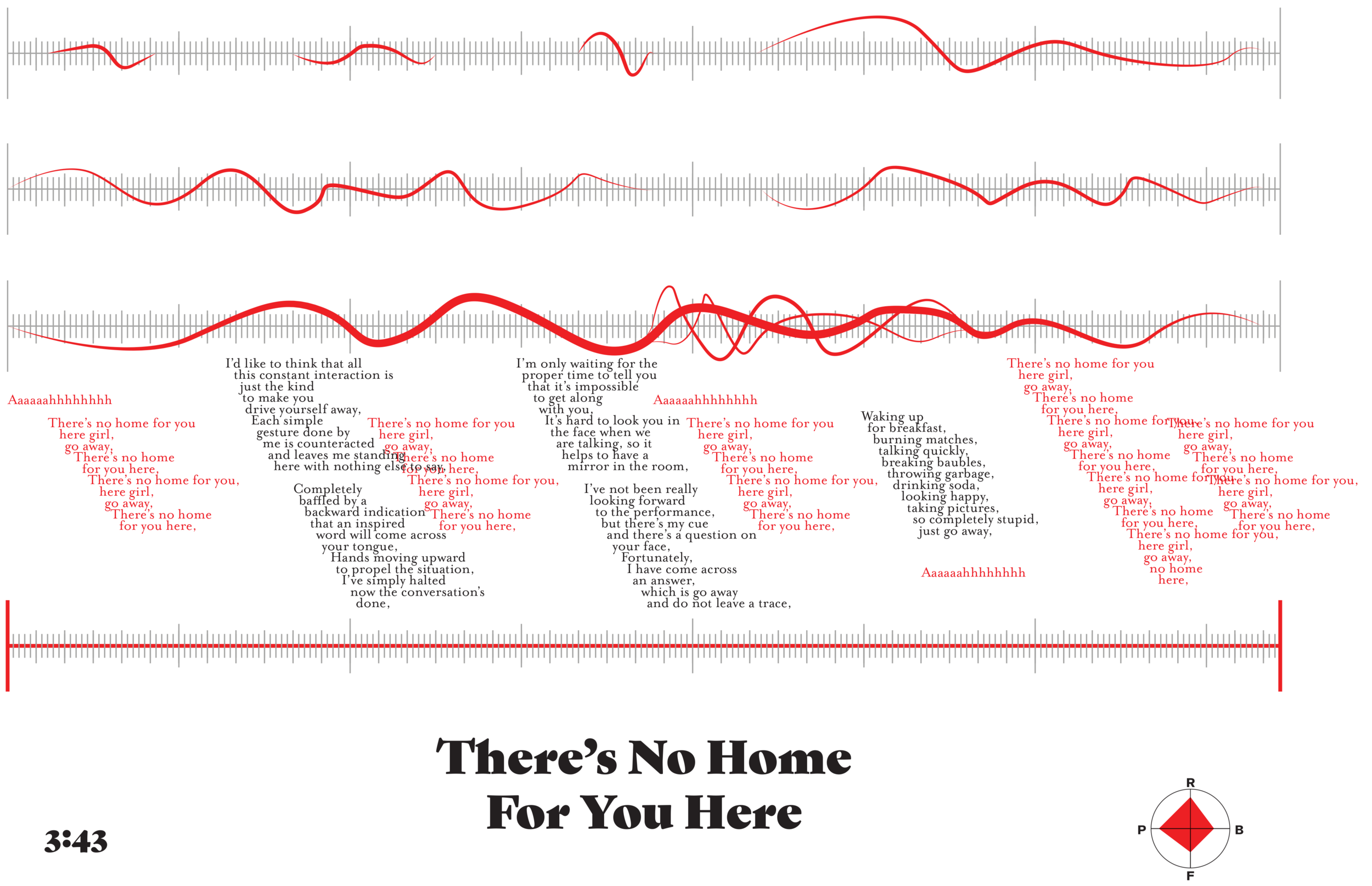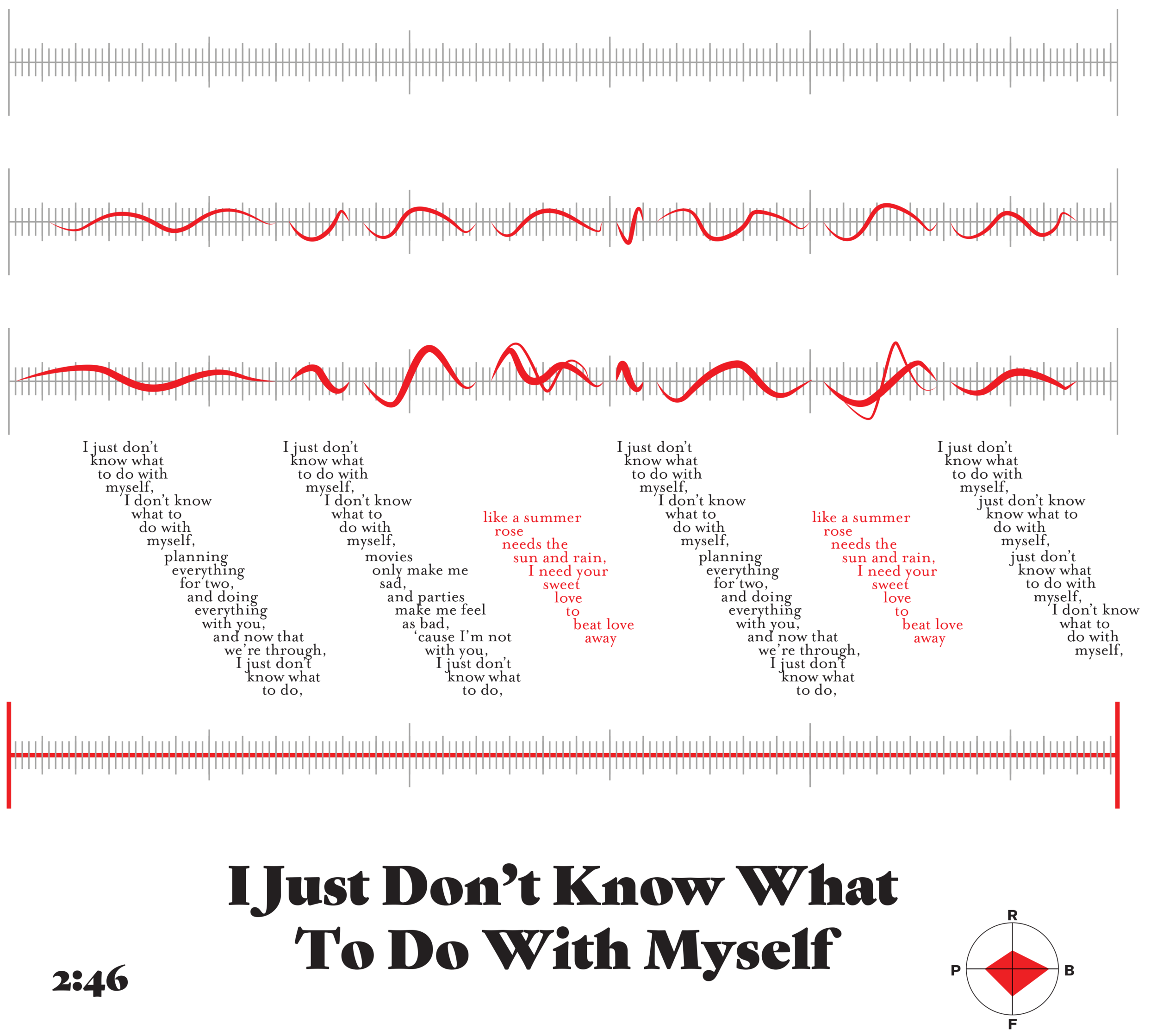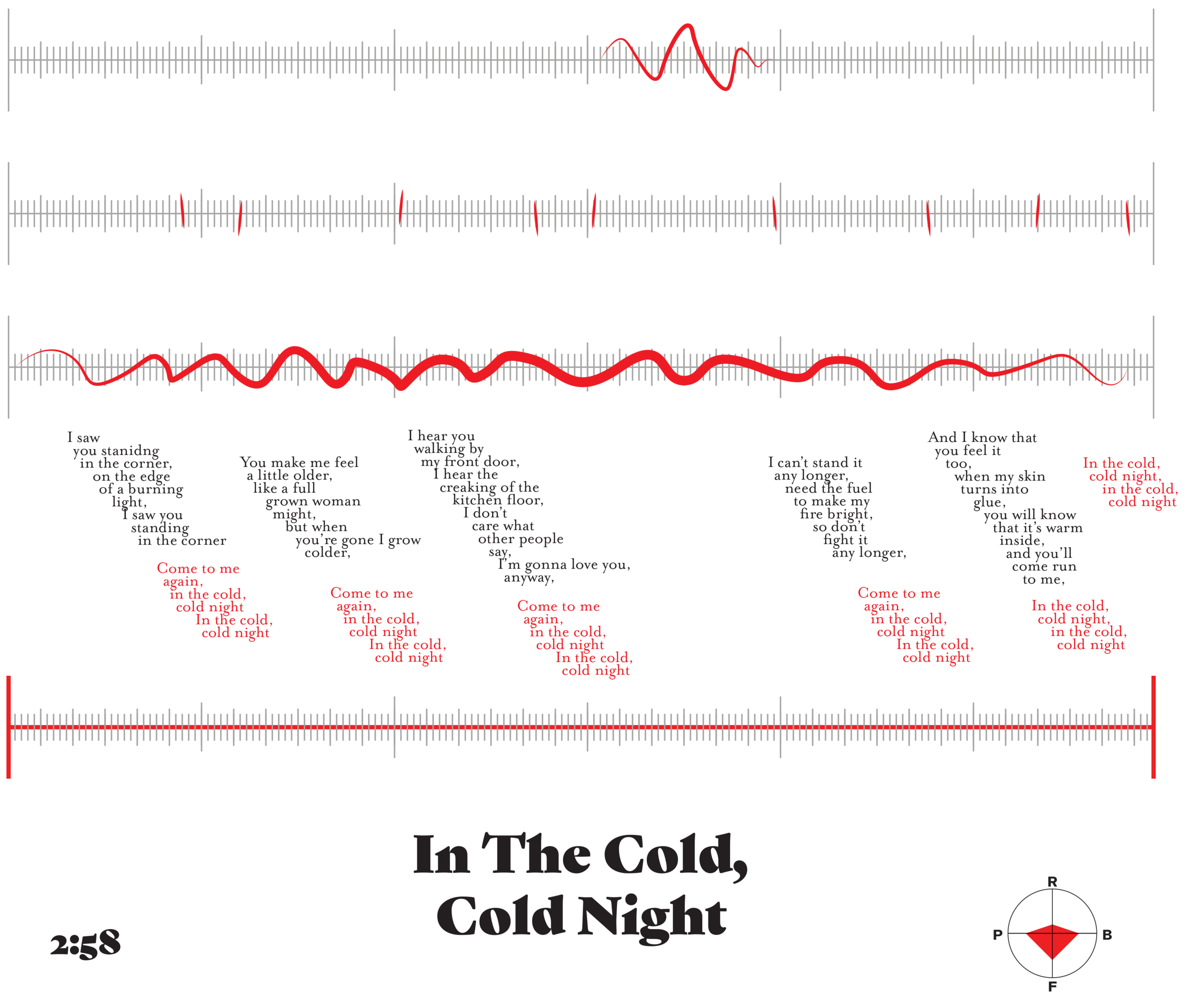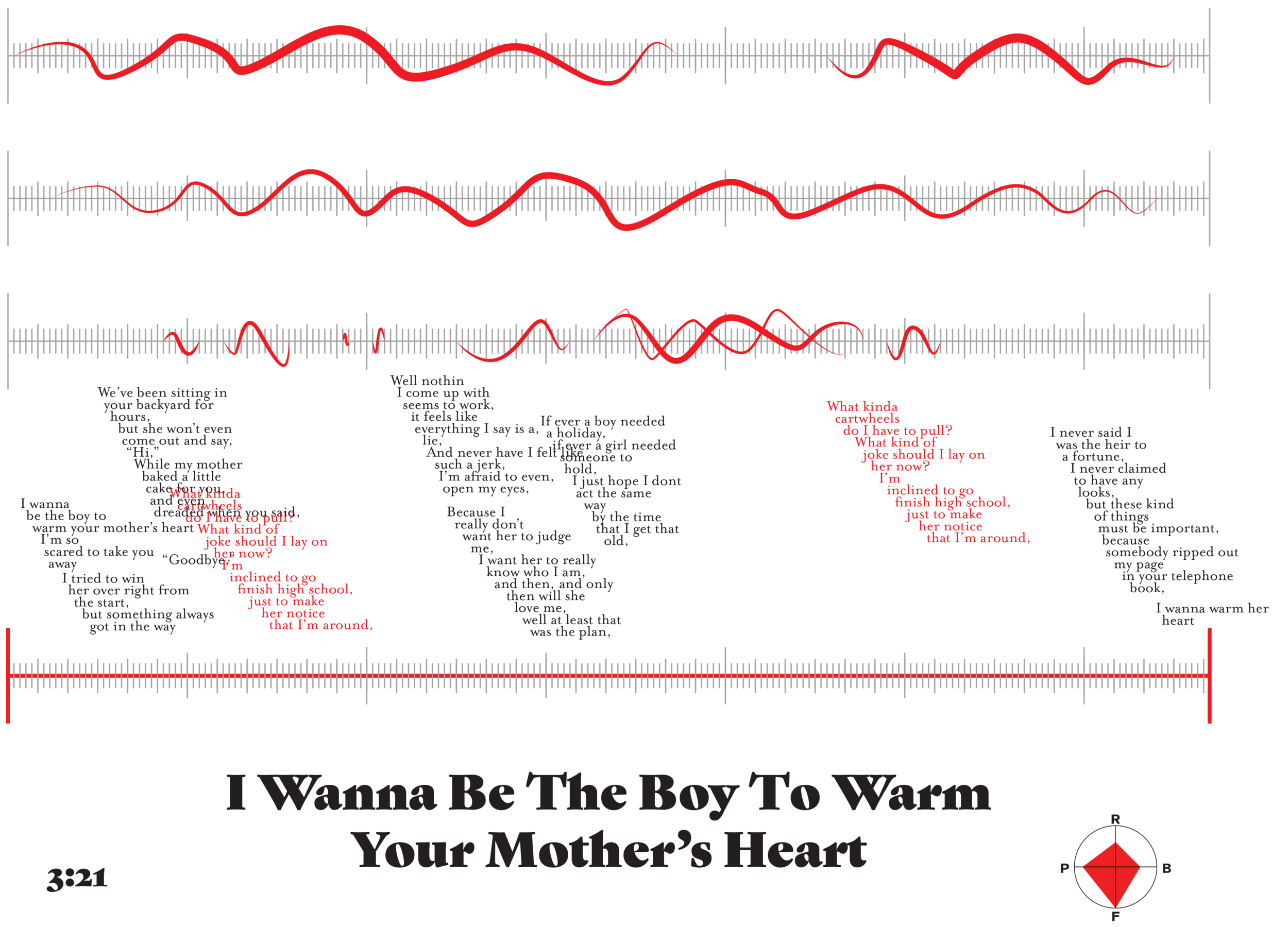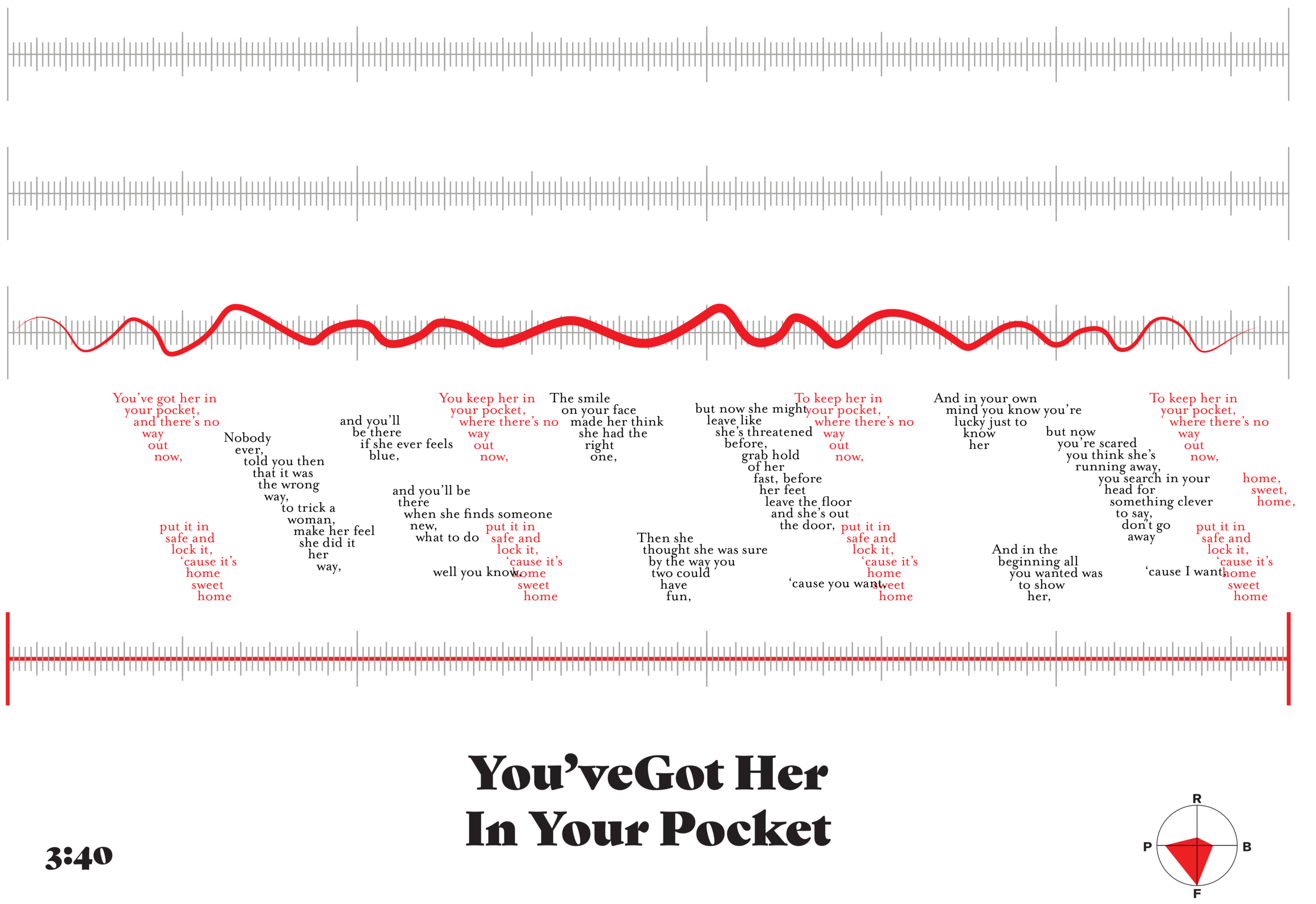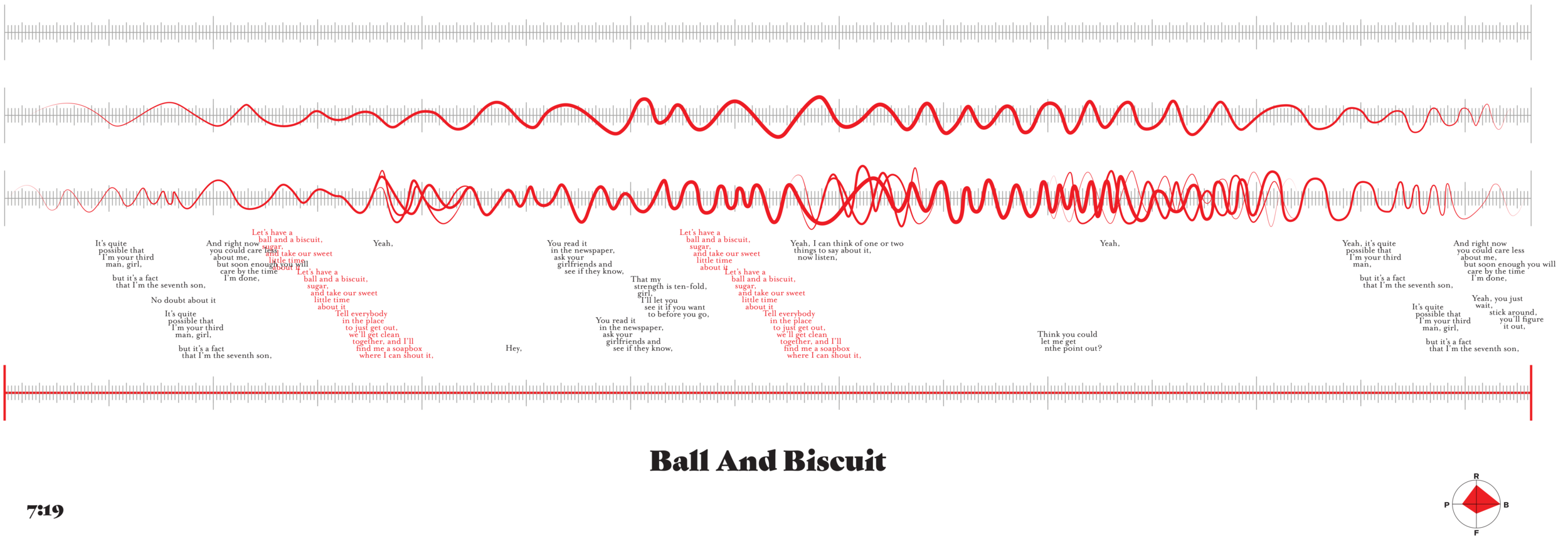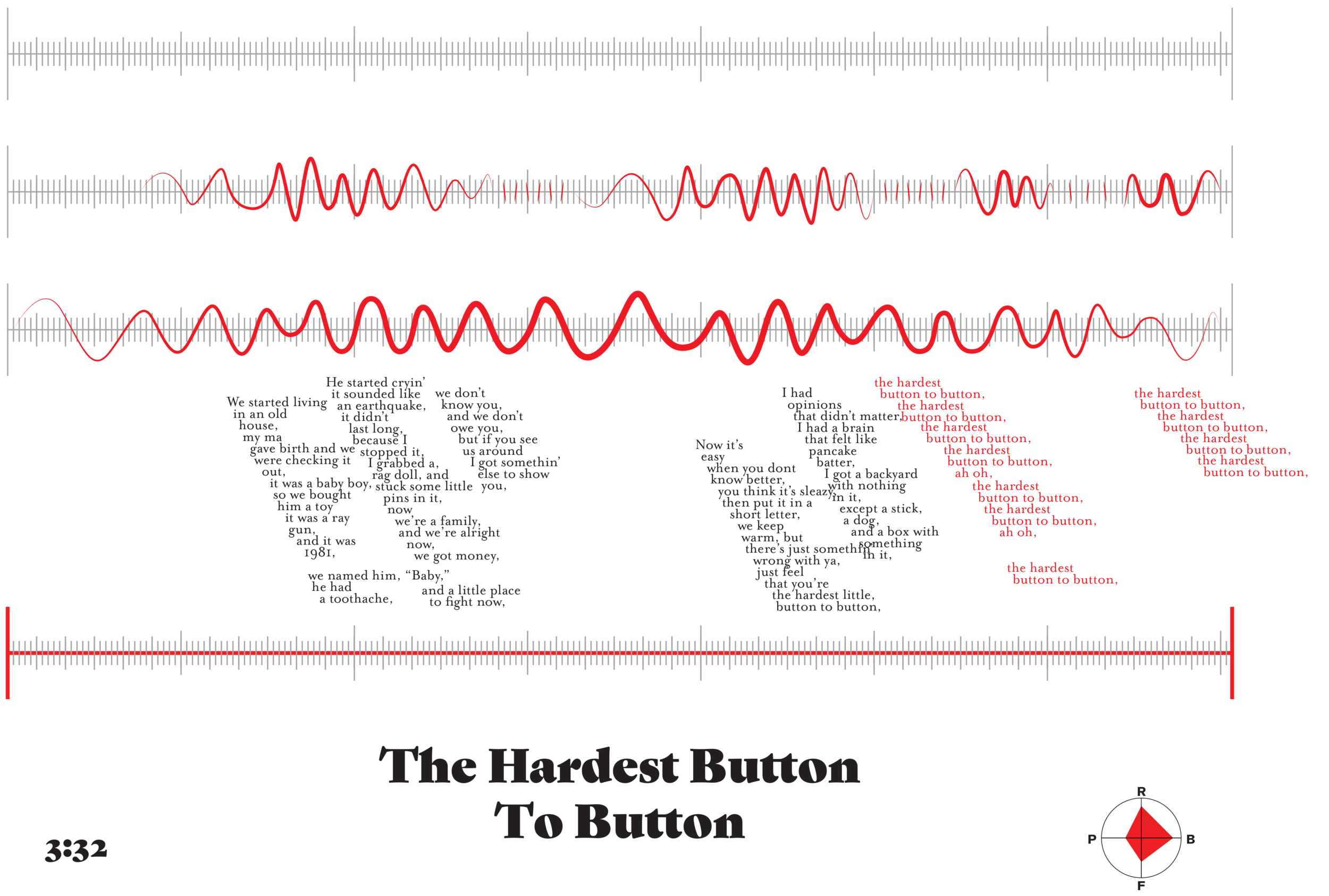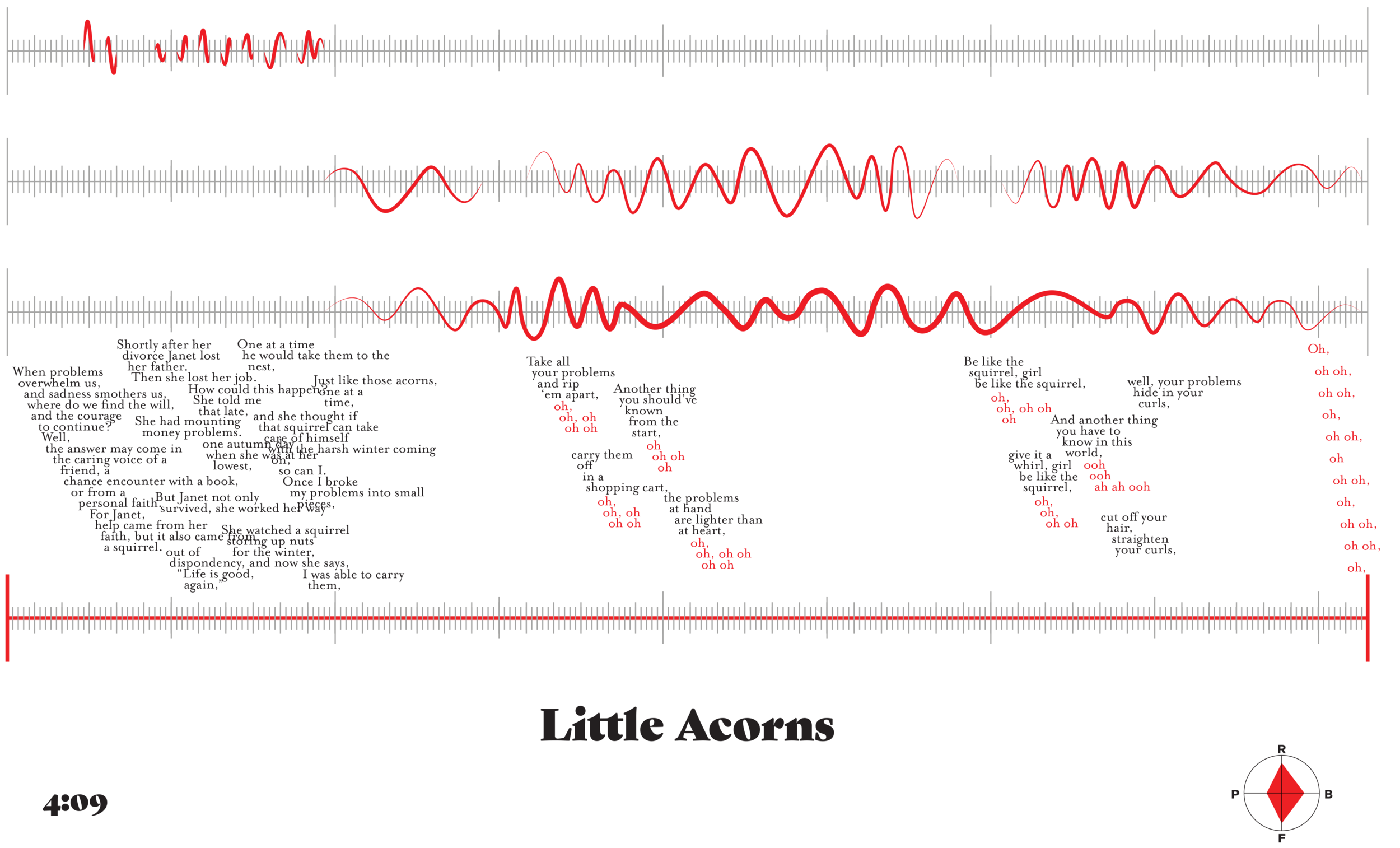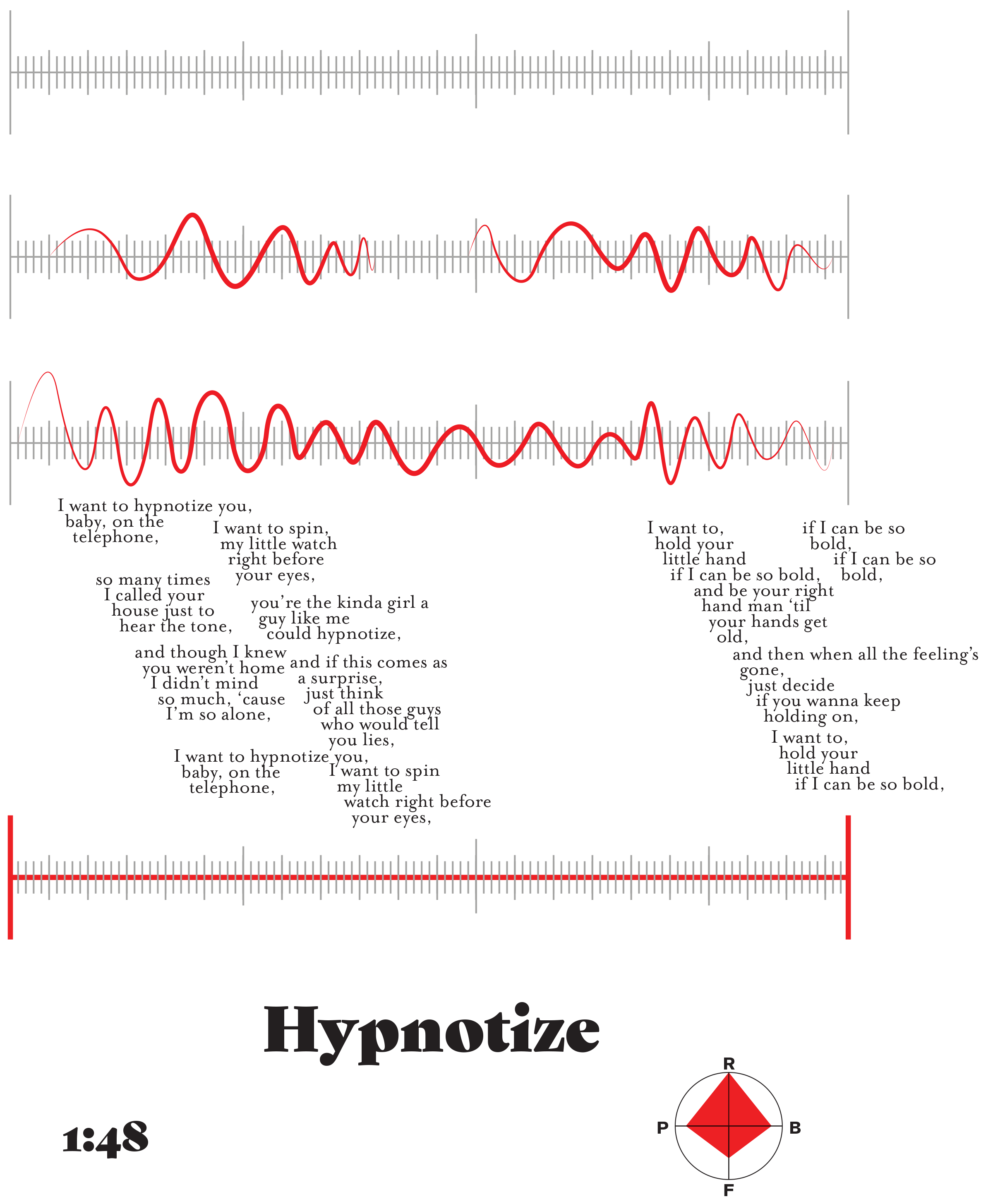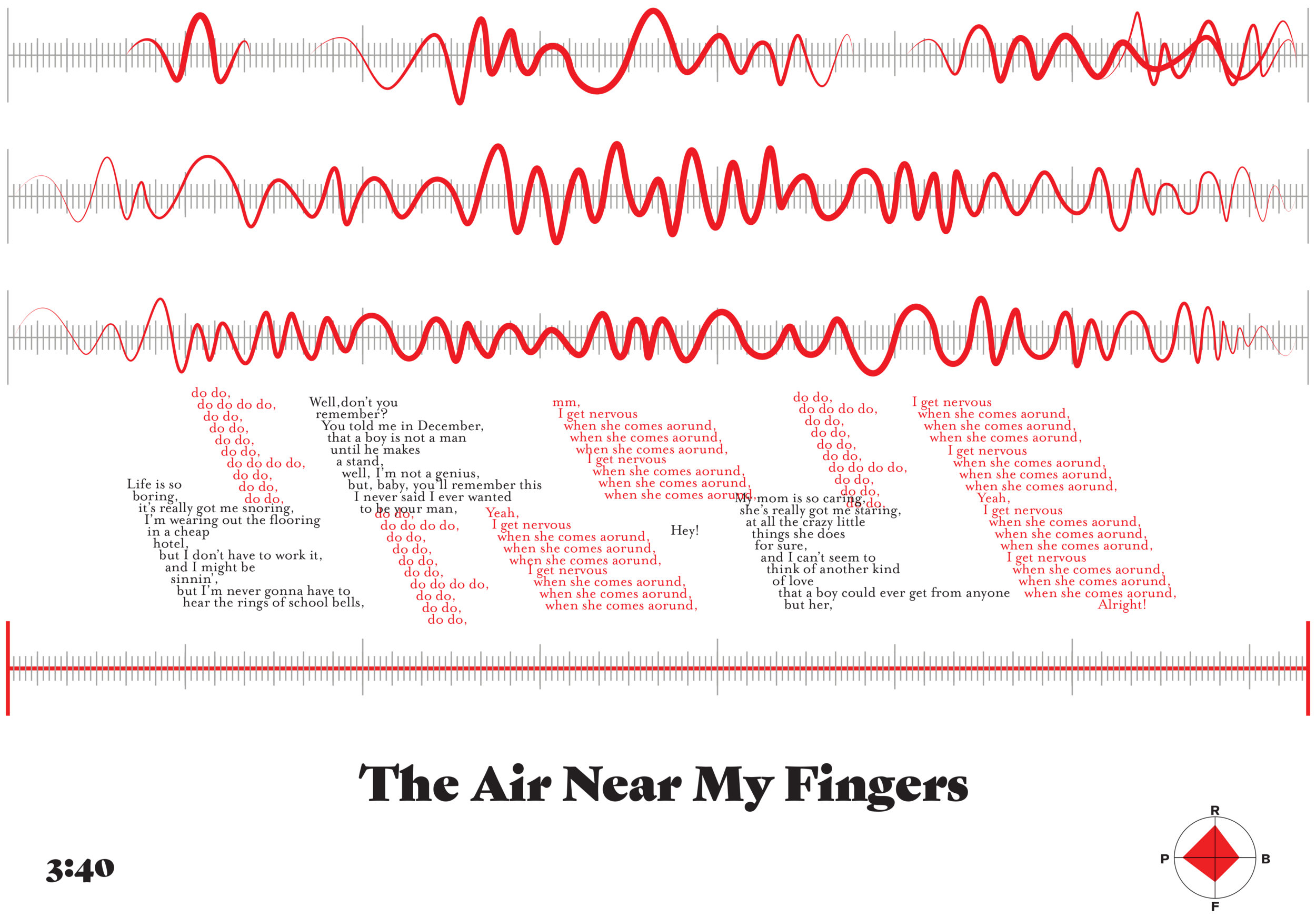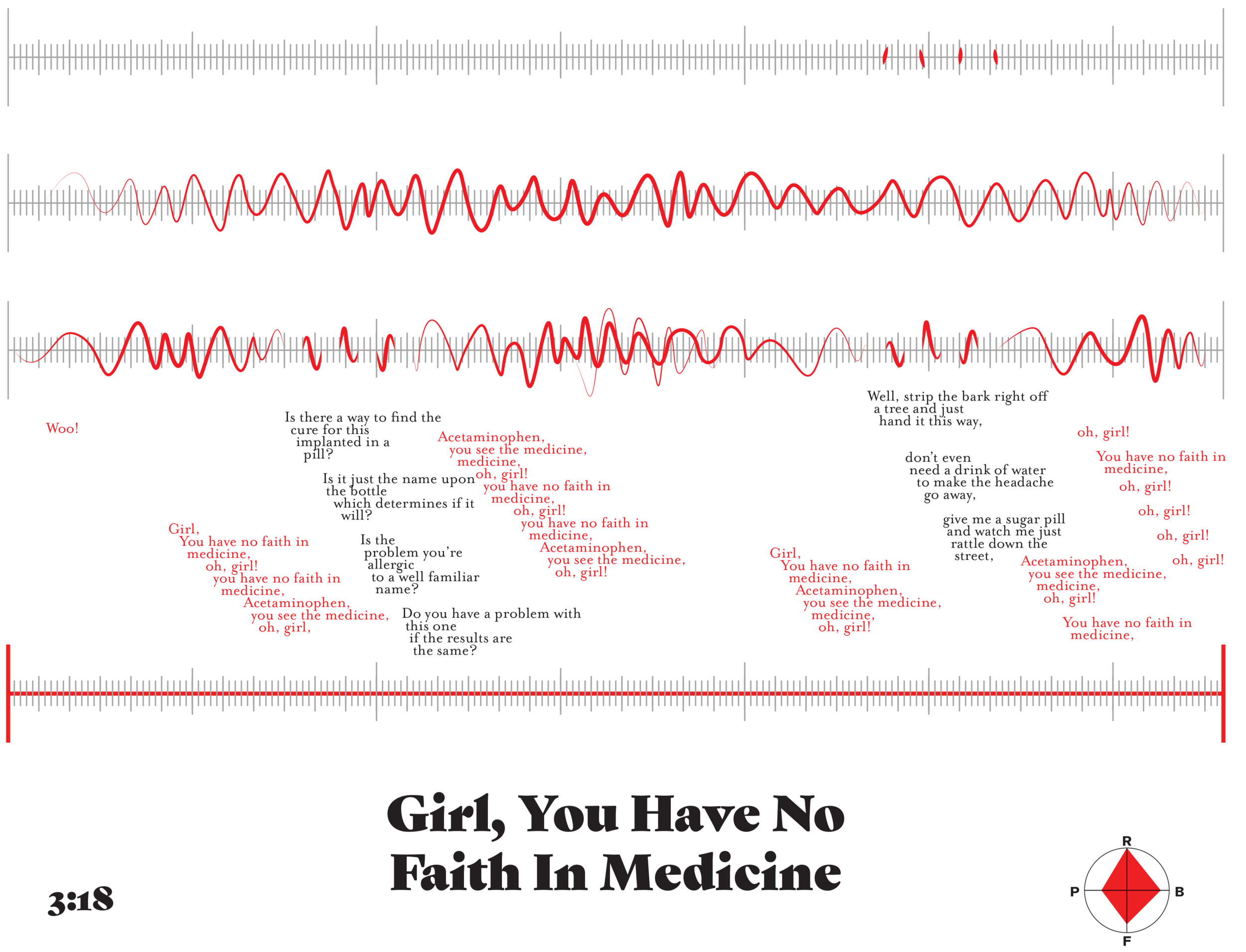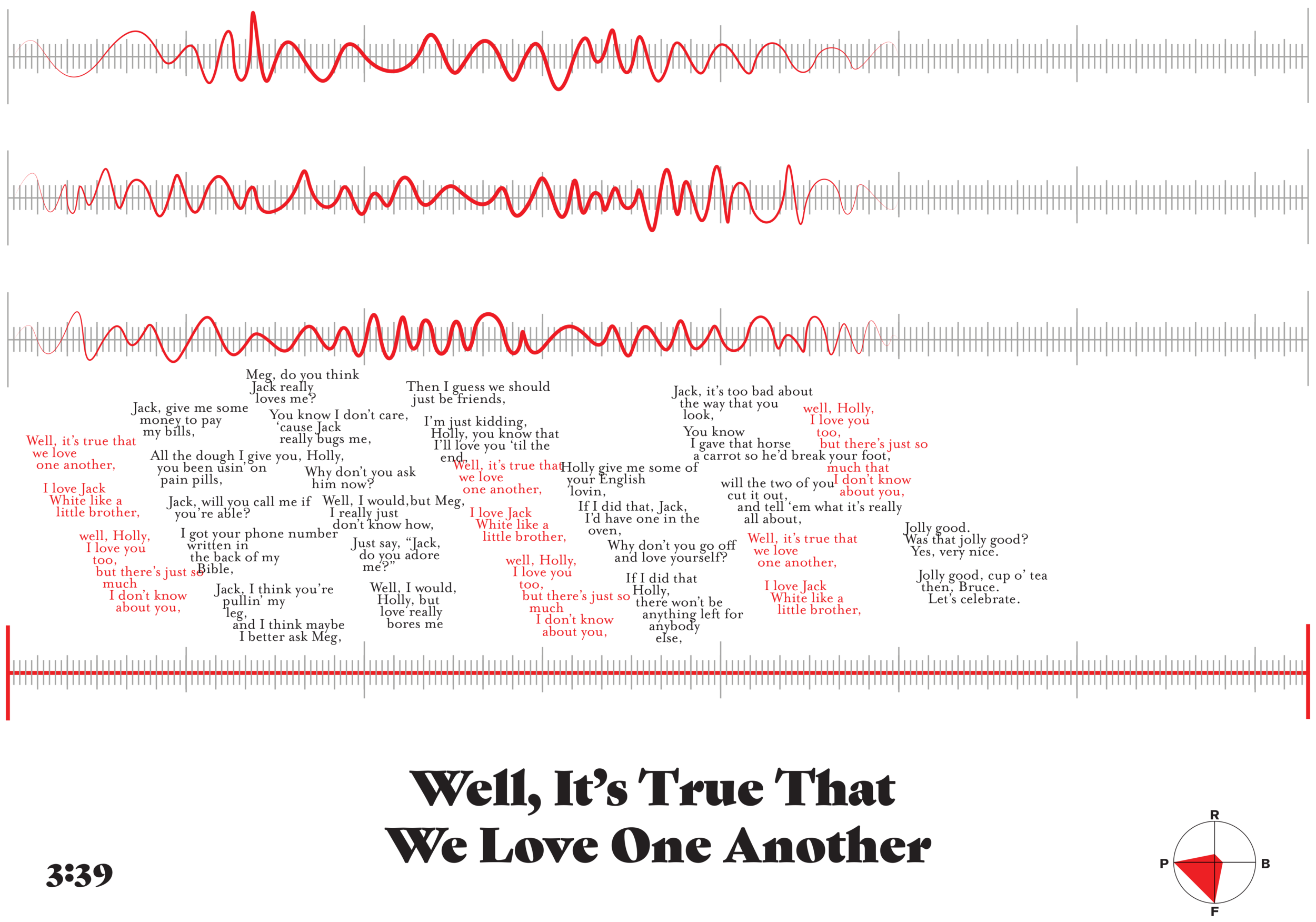Boyfrienders – The Lower East Side Blues | Track Premiere
/Today I’m excited and honored to present the newest song from Boyfrienders called “The Lower East Side Blues.” This is the fifth and final single off the band’s upcoming album Scenes of Brooklyn or Meditations on Mid-Twenties Mediocrity out March 20th on Good Luck Charm Records. The track recounts lead singer Benny Morawa’s process coming to terms with being nonbinary and what that means both for themselves and to those around them. It’s a remarkable statement, a vital perspective, and a downright groovy synthpop cut from what’s sure to be another breakout act from the exploding Michigan scene.
First off, while I think the song speaks for itself, I’d like to give you a space to explain the background and your process of coming out to the world as a genderqueer individual.
When I was seventeen years old, I started questioning my personal gender identity and came to the conclusion that I didn’t feel like I really fit within the social construct that is the man/woman gender binary. Originally, I did not know how to really let that manifest, but I started building a social circle of other genderqueer/trans/non-binary individuals and it became clear that there absolutely was a community that I belonged to. I didn’t start coming out to close friends and family until about three years ago, and “The Lower East Side Blues” will be me coming out to the rest of the world. This is terrifying in a way because I’m coming out to all of the people who would give me the most scrutiny over it. The thing that helps is knowing that I have the confidence in myself now to not care what other people think of me. I’m happy with my life, and the fact that they are so miserable with themselves that they have to look down on me for not fitting within “gender norms” or whatever is honestly kind of sick because I know that I’m leading a much happier and fulfilling life. Also, it’s honestly dope that someone would care that much about something that does not affect them because it’s very entertaining.
This song feels very pointed with a clear message. What was the writing process like for you?
My writing process is very influenced by John Darnielle of The Mountain Goats, so therefore I always am writing lyrics that immediately come across as blunt and straightforward. In regards to writing the lyrics, they came to me very naturally because they are things that I’ve been feeling about my gender identity for a very long time, and I felt as if writing the driving instrumental first really helped with that. I feel that both lyrics and instrumental fit together absolutely perfectly.
Speaking of the instrumental, the song feels like a spaghetti western future disco, how did that come to life, and why did it feel like the best fit for these lyrics
For the past year, I’ve been on this 80’s synthpop kick, both in regards to the music that I’ve been writing and the music I have been consuming as well. I originally wrote this track on a Suzuki OmniChord which can actually still be heard during the choruses of the studio recording, and then decided to take it into a super drive-y and Mountain Goats-esque direction from there. After the groundwork was laid, I brought in Boyfrienders rhythm guitarist/synth player Matthew Stonebraker to record some electric guitar, and the instrumental was completed. I feel that the tone of the instrumental fits the lyrics perfectly because they are both immediately blunt and in-your-face.
This track has some of the wildest guest features I’ve ever seen. How did you link up with Felix Beiderman and Garrett Hunter?
Strangely enough, through Instagram DM’s. In regards to the intro part, I was hearing it in my head in front of the actual track ever since I wrote it, and I could only instinctually hear it in Felix’s voice. I had talked to him before about things such as workout tips and the like, so I figured it wouldn’t hurt to reach out to him about recording the intro, and he was immediately down to do it. The fact that Garrett is doing the outro makes me feel super pumped because he was technically where the band name came from in the first place, so the fact that things come full-circle in that regard is something that makes me very happy. I reached out to Garrett the same way I reached out to Felix, just through Instagram DM’s.
The record is out in one week and is easily on the shortlist for the best album title of the year. How does the story of this song fit into Scenes of Brooklyn or Meditations on Mid-Twenties Mediocrity?
Thank you so much for that! Honestly, the album name was a relatively last-second decision; it had been called “The J-Train" up until about mid-January, and I decided to change it to the current title because it made more sense when thinking about the tracklist and settings. Originally, I had the concept of each track being its own self-contained story taking place on sequential stops of the J-line subway train in Brooklyn, but as things started developing, I began to feel weird as some of the track locations weren’t lining up with the J-train line and stops. So, with that in mind, I changed the album title to the current one because it makes more sense to set the concept in Brooklyn overall instead of just the J-Train stops. Also, the themes addressed in each track are things that I’ve noticed myself and many of the people around me in their mid-twenties have gone through. These relatable themes, loosely connected by setting and location, fit within the album concept of going through changes and being okay with those changes as you begin to consider yourself a full-on adult.
“The Lower East Side Blues” is the only track that doesn’t take place in Brooklyn proper, but the themes remain relatable and important to many of the people around me, and at the end of the day, this takes priority.
What do you hope that the listener takes away from this song?
That it’s absolutely natural to feel the feelings that you do in regards to gender identity no matter how confusing they may seem, and it’s completely understandable to be afraid to come out. I recognize the inherent privilege that I have in regards to being able to come out publicly through this method. You will forever be loved, and you will forever be valid to a community of people around you who feel the exact same feelings. Gender is absolutely, 100% fucking fake, and you will always be welcomed by a community that will love and care for you for eternity.

